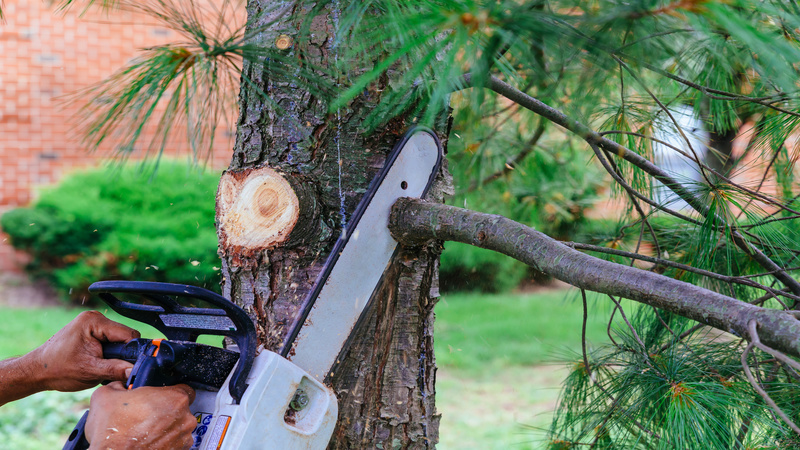In an increasingly regulated environment, businesses must navigate a complex terrain of compliance criteria to maintain operational efficiency and ensure legal adherence. Among these regulatory challenges, EAC compliance stands out as a critical area of focus for companies operating internationally. As global markets continue to evolve, adhering to EAC standards becomes essential for businesses looking to enter and thrive in the Eurasian Economic Union (EAEU) markets. This adherence not only helps in avoiding legal complications but also fosters trust and credibility in foreign markets.
The Role and Impact of EAC Certification in the EAEU Market
Members of the Eurasian Economic Union (EAEU) adhere to the guidelines established by the Eurasian Conformity (EAC) mark, a certification system. The EAC mark certification is a prerequisite for products entering the EAEU markets, which include Russia, Belarus, Kazakhstan, Armenia, and Kyrgyzstan. Products guaranteed by the certification process satisfy EAEU-established safety, health, and environmental protection criteria. EAC serves to guarantee that products satisfy strict quality and safety criteria, therefore safeguarding customers and the environment. This approach maintains a level playing field for companies operating in the EAEU and helps to stop the distribution of dangerous or inferior goods within the union.
The Strategic Importance of EAC for Market Expansion
Achieving EAC compliance is not merely a legal challenge but also a crucial aspect of the market entry strategy for companies aiming to expand into the EAEU region. Without the appropriate certification, products cannot be legally marketed or disseminated within the EAEU member states, leading to significant financial losses and reputational damage. Additionally, EAC is essential for building confidence between companies and customers. Following these guidelines demonstrates businesses’ dedication to quality and safety, thereby strengthening their competitive advantage and market reputation. Furthermore, the EAC certification process enables them to spot and handle possible hazards in their products, therefore improving risk management and general quality control.
Learning to Negotiate the EAC Certification Process
Reaching EAC compliance can be complex and requires many processes to guarantee that goods satisfy all required criteria. Business owners must first learn the rules that apply to their products. Knowing the exact needs sometimes entails collaborating with local regulatory authorities or consulting companies focused on EAC.
Once a business is certain of the regulatory framework, it has to go through a series of tests and inspections to confirm that its goods satisfy the EAEU safety and quality criteria. This could include factory inspections, product testing, and forwarding comprehensive paperwork to relevant authorities. The certification procedure might take a lot of time and call for meticulous attention to detail to guarantee that every criterion is satisfied. Companies must display the EAC mark on their goods and packaging after successfully navigating the compliance process. This certification ensures that the goods meet EAEU criteria for sale in member states and have undergone testing and authorization.


